You probably know that sinking feeling when a critical washer or nut drops out of sight.
It’s horrible.
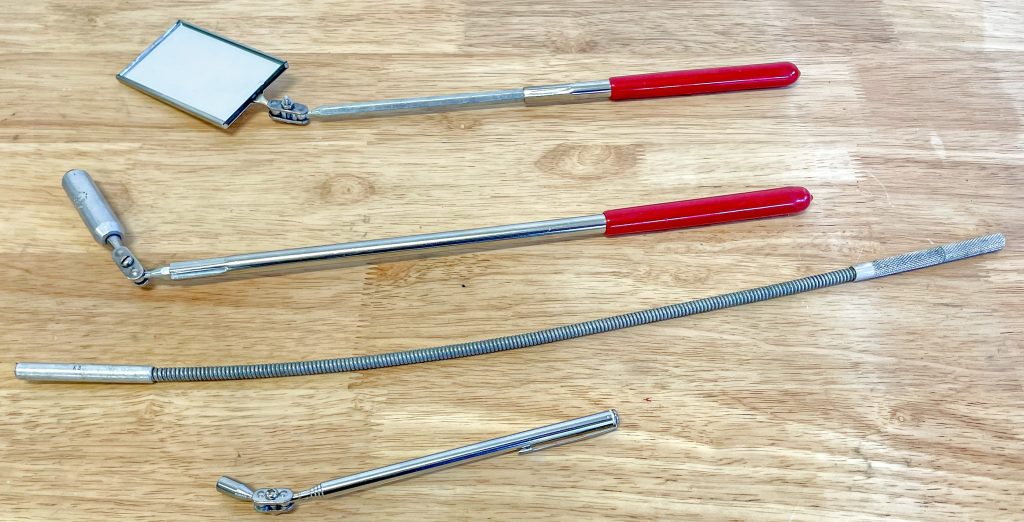
I’m sure all of you have had that experience. Here’s a personal example:
In a shop I once owned, a mechanic was absolutely positive he had accidentally dropped a small nut down an open carburetor bore. He didn’t see it hit the floor and he couldn’t find it when he took the carb off the engine. He was convinced it must have bounced and rolled through an intake port, past an open valve, and somehow ended up in a cylinder bore. Before tearing the engine down (yuck), we decided to spend some quality time with a couple of magnets surrounding the intake. It took some effort, but sure enough, the wayward nut turned up topside of the engine—not inside. Another bullet dodged!
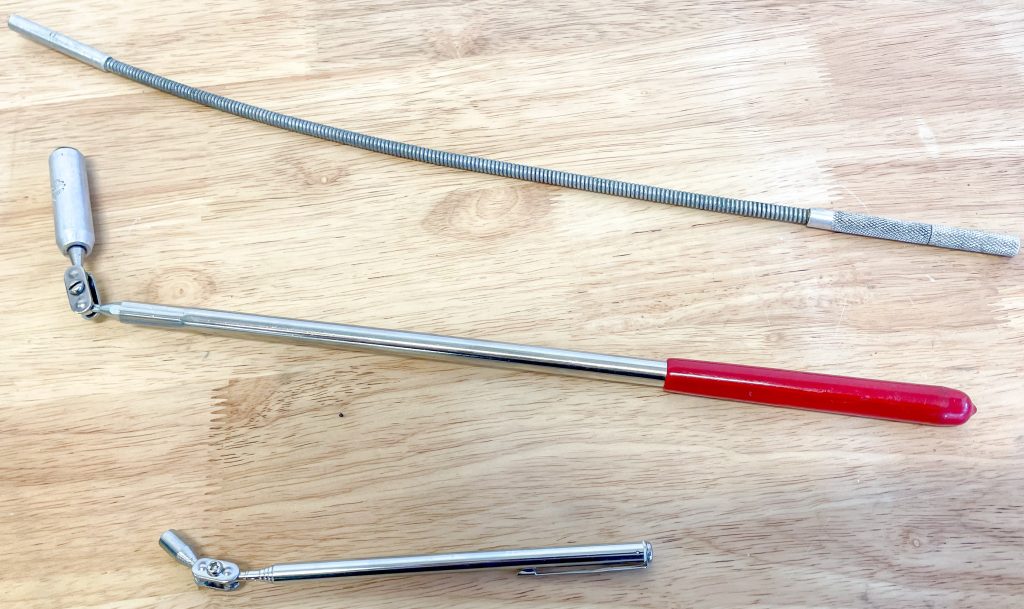
Different Types of Magnetic Retrieval Tools
So what kind of magnets did we use? One was telescopic. The other had a flex handle. But those are only the tip of the tool iceberg. SummitRacing.com is filled with different types of retrieval tools. Some are magnetic, like those mentioned above, while some are even cooler.

Cases-in-point: The flexible pickup tool from Mueller Kueps has a thin, near-sixteen-inch flexible shaft. The shaft is super small in diameter and can fit into extremely difficult to reach locations. OEM Tools has another version with a thicker shaft but it is even equipped with a tiny LED light inside the magnet. This tool has a 24 inch reach.
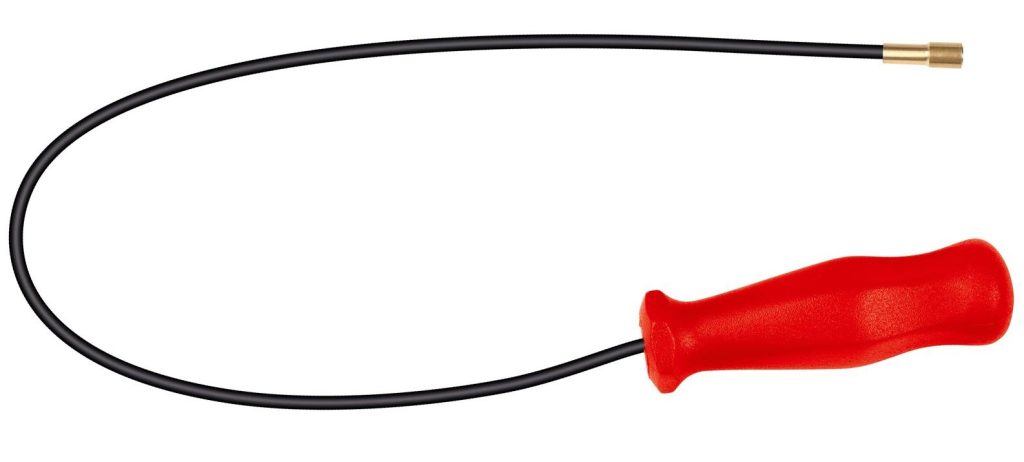
Some magnetic pickup tools are simply large telescopic rods with magnetic heads that you can adjust. For example, this one from K-Tool has a 20 inch reach. But if you need something with some real beef, K-Tool makes another retrieval tool that can pick up and hold a whopping 30 pounds! Instead of a flex handle, it works by way of a telescoping handle. It has a maximum reach of 28 inches and a minimum length of 16 inches.
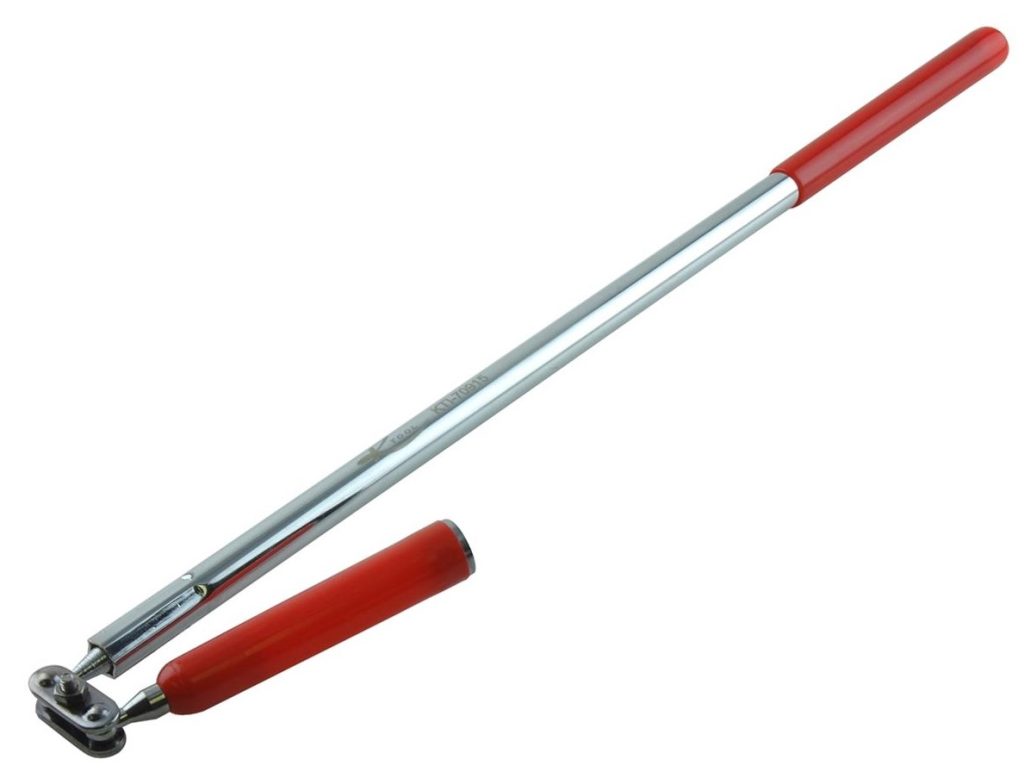
Titan Tools offers several different pocket size telescopic magnets. A popular example is part number TTN-11663. This little pocket tool has a closed length of 6.5 inches (not much larger than a typical ball point pen) while the total extended length is a considerable 33 inches. It can support 5 pounds.
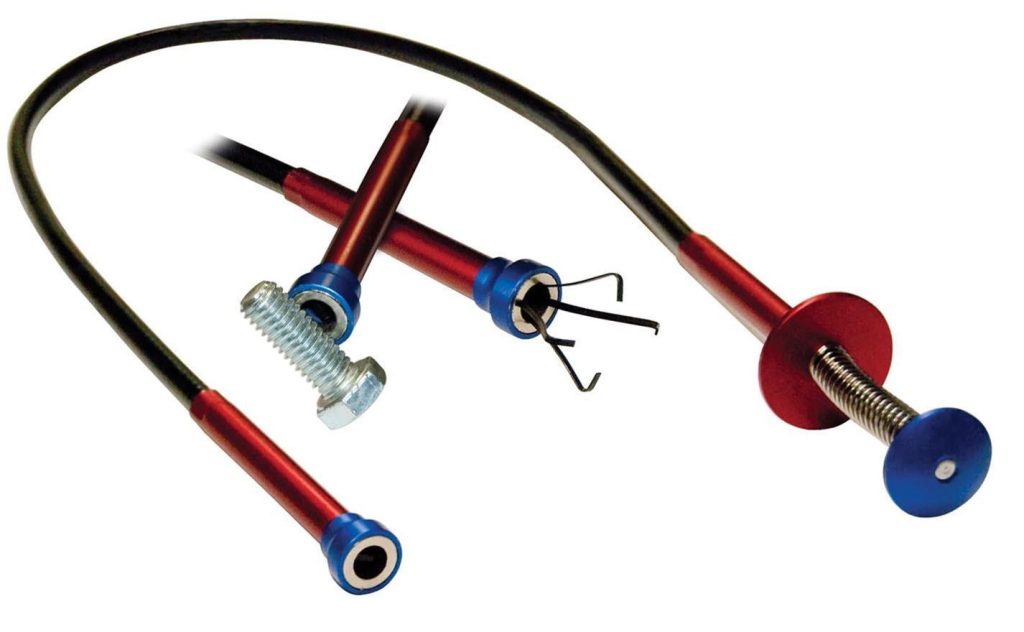
Another means to pick up errant hardware is by way of the good old fashioned retractable claw tool. OEM Tools puts a different spin on it with part number OES-25292. The tip is magnetized and it also has four retractable claws. The handle is flexible too, so it can go almost anywhere.
Lisle Tools offers a similar example (part number LIL-31140) that doesn’t have a magnetized end.
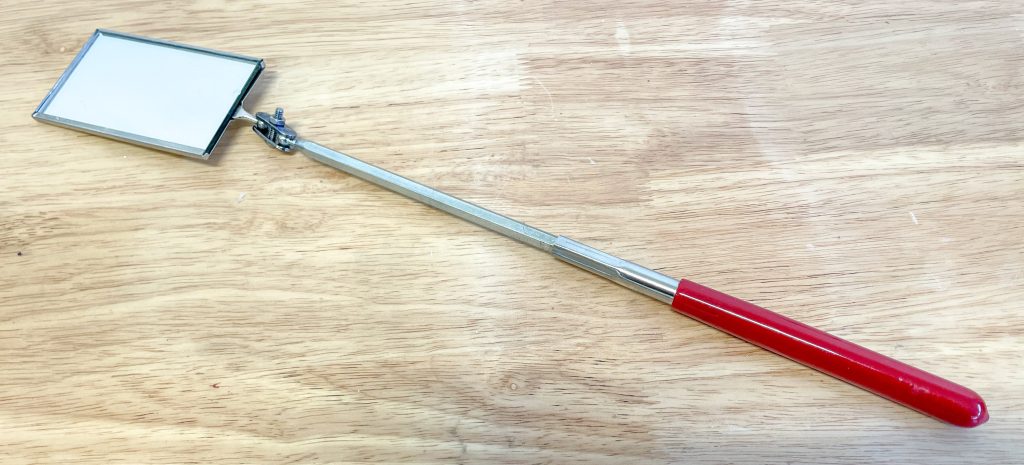
Something else you’ll find useful is a little telescopic inspection mirror. I have one in my tool box and it’s pretty much the go-to tool if you have look around a blind corner. They’re handy for all sorts of chores including searches for missing hardware, checking for leaks, and so on.
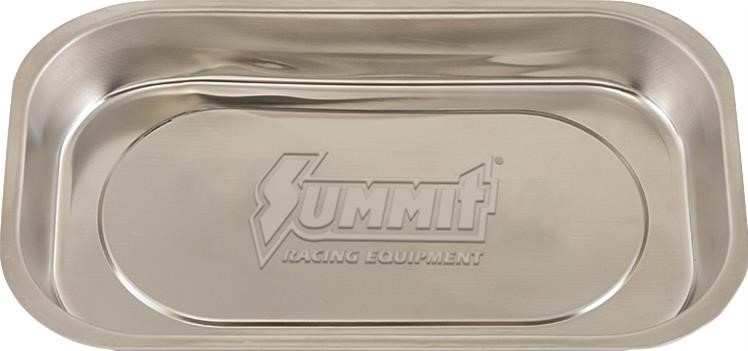
That’s not all. Instead of fumbling with hardware for a job, consider the use of magnetic parts trays or bowls. You’ll find plenty of examples online, but here are two good ones from Summit Racing: part numbers SUM-910061 and SUM-90060.

Honestly, we’ve scratched the surface here with little shop retrieval tools.
“Pick Up Tricks”? Absolutely. They’re the best solution to keep wayward fasteners in check. You’ll appreciate these inexpensive little tools once you have them on hand.
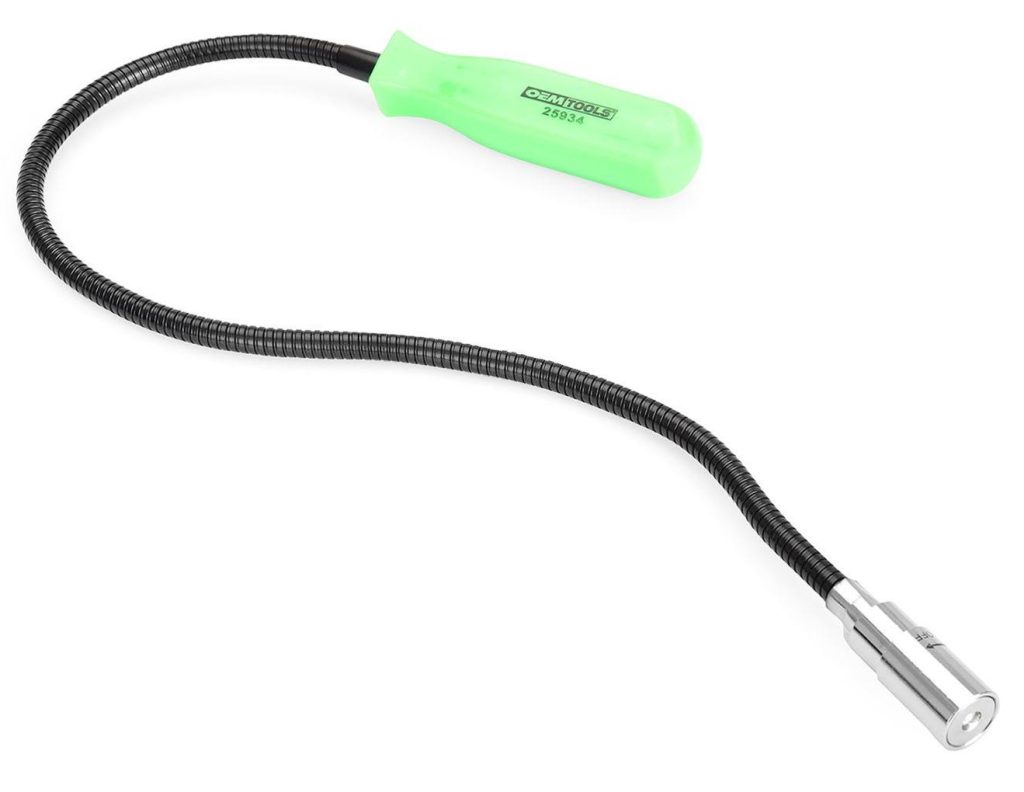

Comments